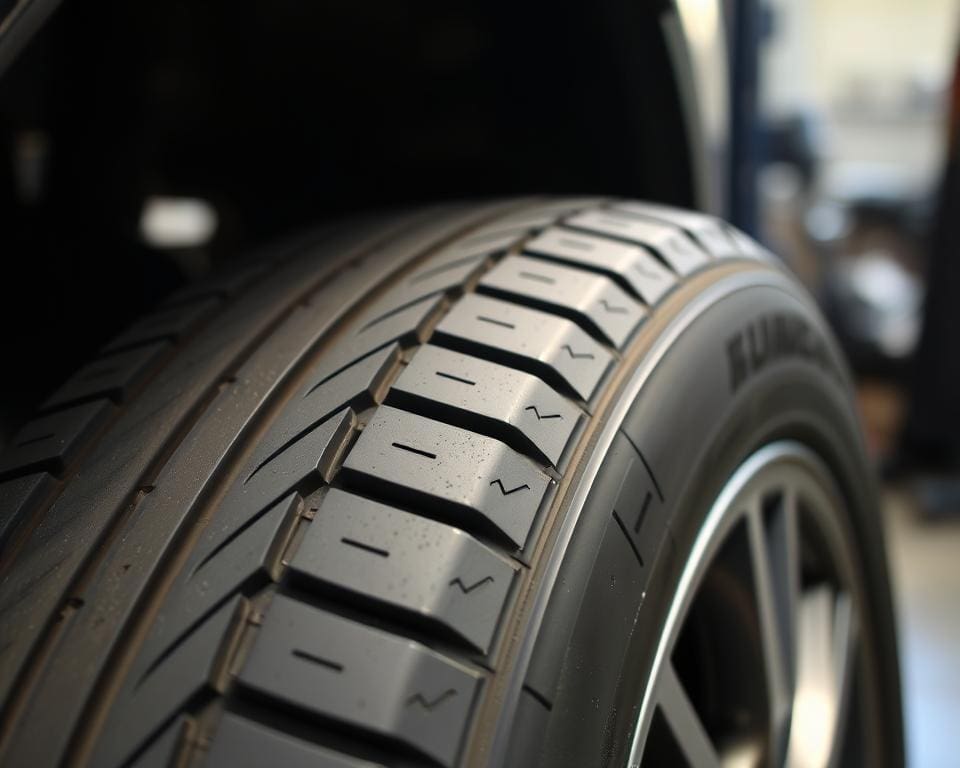In the realm of vehicle safety and automotive performance, two factors stand out as essential: proper tyre pressure and effective brake maintenance. Maintaining the correct tyre pressure not only ensures optimal handling but also plays a vital role in accident prevention. With statistics indicating that around 30% of vehicles on the road feature at least one under-inflated tyre, it is imperative for drivers to recognise the importance of routine checks. Moreover, prioritising brake maintenance is crucial for achieving timely stopping ability, thereby safeguarding all road users. Together, these practices enhance vehicle longevity and fuel efficiency, making them paramount for responsible driving.
Understanding Tyre Pressure
Proper tyre pressure is vital for optimal vehicle performance and safety on the road. Understanding the importance of maintaining adequate tyre inflation serves not only to enhance the overall driving experience but significantly impacts fuel efficiency and vehicle handling. Adequate tyre pressure is a simple yet powerful way to ensure that your vehicle performs at its best.
Why Tyre Pressure Matters
Maintaining correct tyre pressure plays a crucial role in maximising grip on the road, ensuring better vehicle handling during manoeuvres. When tyres are correctly inflated, they provide better traction, which is essential for both everyday driving and emergency situations. A well-inflated tyre can enhance braking performance, allowing for smoother stops and safer journeys. Furthermore, the tyre pressure importance in relation to fuel efficiency cannot be overstated; studies show that proper inflation can lead to significant savings at the pump.
Effects of Incorrect Tyre Pressure
Incorrect tyre pressure can lead to a myriad of problems, including uneven tyre wear and an increased risk of blowouts, which can pose serious safety hazards. Low pressure may cause tyres to flex more than designed, leading to heat build-up and potentially catastrophic failures. On the other hand, overinflation can result in a harsh ride and reduced grip, negatively affecting vehicle handling. Regular checks and adjustments to tyre inflation not only improve safety but can also enhance the longevity of the tyres, ensuring that drivers get the most out of their investment.

The importance of proper tyre pressure and brake maintenance
Ensuring optimal tyre pressure and maintaining brakes play critical roles in the driving experience. These elements not only impact safety but also influence vehicle performance and fuel efficiency, which can translate into significant savings over time. Understanding these factors inspires careful attention to both tyre and brake maintenance.
Safety Implications
Tyre pressure holds a direct relationship with safety risks on the road. When tyres are under or over-inflated, the contact with the road diminishes, heightening the chances of losing control in critical driving situations. Proper brake maintenance guarantees reliable stopping power, crucial for preventing accidents and protecting drivers, passengers, and pedestrians alike.
Impact on Vehicle Performance
Vehicle performance relies heavily on both tyre condition and brake efficiency. Incorrect tyre pressure can lead to uneven wear and handling issues, detracting from the overall driving experience. Similarly, neglected brakes may result in delayed response times, potentially leading to hazardous situations. Maintaining these components enhances driving responsiveness and ensures a smoother ride.
Fuel Efficiency and Tyre Longevity
Maintaining proper tyre pressure contributes enormously to fuel efficiency. With correctly inflated tyres, rolling resistance decreases, allowing vehicles to move more smoothly and efficiently. This promotes fuel savings, making long journeys less of a financial burden. Additionally, regular maintenance not only extends tyre longevity but also delays the inevitable replacement, reflecting smart vehicle care and cost-effectiveness.
Signs of Poor Brake Maintenance
Maintaining a vehicle’s braking system is critical for both performance and safety. Recognising the signs of inadequate brake maintenance can prevent accidents and ensure vehicle functionality. Attention to brake maintenance indicators can help drivers address issues before they escalate into serious problems. Key warning signs include unusual noises and changes in how the brakes feel when applied.
Warning Signs to Look Out For
- Squeaking or Grinding Sounds: Continuous noise when braking often indicates worn brake pads.
- Spongy Brake Pedal: A brake pedal that feels soft or sinks to the floor could point to air in the brake line or low fluid levels.
- Decreased Braking Performance: If the vehicle takes longer to stop, it may signal an urgent need for inspection.
The Role of Brake Fluid
Understanding brake fluid importance is essential for effective brake performance. Brake fluid absorbs moisture over time, which can diminish the hydraulic system’s efficiency. Regular checks and timely replacements, typically every two years, enhance safety checks and ensure the braking system operates optimally. Without adequate brake fluid, the risk of brake failure increases substantially.
Best Practices for Tyre Care
Proper tyre care is essential for ensuring a safe and efficient driving experience. Following effective tyre care tips can significantly enhance not only safety but also the lifespan of your tyres. This involves regular tyre pressure checks and being aware of the signs that indicate when it is time for a tyre replacement.
Checking and Maintaining Tyre Pressure
Regular tyre pressure checks should occur at least once a month and before embarking on long journeys. Maintaining the correct tyre pressure not only improves safety but also optimises fuel efficiency. A reliable pressure gauge is vital for accurate readings, as this ensures your tyres are adequately inflated. Remember to check the manufacturer’s recommended pressure levels, usually found in the vehicle manual or a sticker on the driver’s side door frame.
When to Replace Tyres
Knowing the optimal tyre replacement timing is critical for your safety. One effective method for evaluating tread depth involves the penny test. Insert a penny into the tread groove; if you can see the top of Abraham Lincoln’s head, it is time to consider a replacement. A tread depth below 1.6mm significantly increases the risk of hydroplaning and reduces grip on wet surfaces. Being proactive about tyre maintenance can prevent accidents and promote better performance.
Brake Maintenance Tips for Safety
Maintaining your brakes is crucial for ensuring not only your safety but also that of everyone sharing the road with you. To uphold vehicle safety, regularly inspect your brake pads, rotors, and fluid levels. Wear and tear can occur unexpectedly, so proactive maintenance is integral to avoiding potential hazards. Timely replacements of worn components can prevent brake failure, making it a worthwhile investment in your driving experience.
Incorporating effective brake maintenance strategies into your routine can significantly enhance your vehicle’s reliability. Establish a regular check-up schedule, ideally aligning with your service intervals. Seek professional inspections to get expert advice tailored to your vehicle’s make and model. Safe driving practices, such as being mindful of braking distances and responding promptly to unusual sounds or sensations, further reinforce your commitment to safety.
Ultimately, investing time and resources into brake maintenance safeguards not only your vehicle but also your well-being and that of others. By making these small yet impactful changes to your vehicular care, you are promoting lasting vehicle safety and fostering confidence each time you take to the roads. Prioritising brake health is an essential step towards a safer driving environment.









